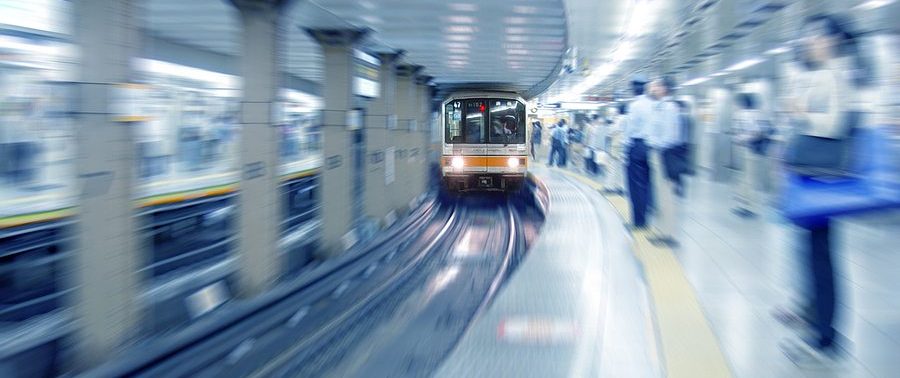There are unfortunately a number of ways that people end up getting injured on the New York subway system. Subway accidents and injuries take place in the stations, on the platforms and on the trains. A brief list some of the most common subway hazards includes:
- Derailments or collisions involving one or more trains on the tracks.
- Doors closing too soon or people not getting out of the way and getting injured.
- People being dragged under the trail or along with the train down the tracks.
- Slippery surfaces in the platforms and stations often caused by leaking train fluids.
- Snow and ice causing a slip and fall or troubles with derailments.
- Trip and falls in the stations and on the platforms themselves.
- Attacks, robbery and criminal activity due to poor security on the premises.
- Electrical injuries due to malfunctions on the trains or in the stations.
- People falling onto the tracks or being struck by oncoming trains.
There have been many reports and stories over the years of people being injured when they fall into the tracks, get struck by trains, or are involved in collisions and derailments which riding the subway. Many types of injuries can occur:
Subway Injuries that Occur
Common injuries in subway train-related accidents include:
- Bone fractures, broken bones, and dislocations.
- Traumatic head, brain, neck, and back injuries.
- Internal injuries, internal bleeding, punctured organs.
- Electrocution and dismemberment.
- Ligament, muscle, and tendon injuries of varying degrees.
- Death or becoming paralyzed or disabled due to injuries.
Examples of Subway Injuries
“A subway train derailed near a station in Harlem on Tuesday, frightening passengers and resulting in minor injuries as hundreds of people were evacuated from trains along the subway line…Two of the eight cars on the train derailed just before 10 a.m. Sparks from the skidding train briefly ignited garbage on the track, but there was no serious fire, said Joe Lhota, chairman of the Metropolitan Transportation Authority. The cause was under investigation. Lhota said the emergency braking system on the train triggered, but it wasn’t immediately clear why. He said he didn’t know yet whether a passenger had pulled the emergency brake” (USA Today).
“On the 4th day after I qualified as a driver, a boy of about 19 jumped under my train… I heard the thud as the front of the train hit him. When I got out and looked under the train, he was lying unconscious across the tracks but the train had not gone over him. He survived with minor injuries. Cut a long story short, sometimes in my dreams, I still see that boy jumping in slow motion in front of my train. This took place in 1978! After that incident, I was involved in dealing with 3 more suicides. We were given 3 days to recover from the ordeal and then expected to get on with it. We got no compensation, no one had heard of counseling. It took me years to get back to some sort of normality, but at work, we had to have this macho facade, in the canteen we had to behave as if the “one under” (as we called it in those days) hadn’t affected us at all” (City Rooms).
Who is Liable for subway Accidents?
Determining liability can be complex as some responsibility lies with the entity deemed to have ownership and operations responsibility for the station and trains involved. Other responsibility can lie with the local and state transportation authority who is in charge of safety protocol and other legal matters considering the operation of the subway lines. And the individuals involved in the accident can also bear some responsibility- carelessness on the part of the passengers, crew, operators, and others can impact the severity of an accident and even lead to its cause.
If you are injured in any facility or by a vehicle owned or operated in your area, you need to contact a legal representative as soon as possible as some state and local guidelines allow for only 60 to 90 days for you to file a complaint or seek legal assistance in order to get compensation for your injuries.
If you have been involved in such an accident we urge you to call us as soon as possible so we can begin the process of reviewing your case and the details of the information and gather up the information needed to carry your case to court. Call today to schedule your free consultation appointment with our team and to take the first step towards getting the reimbursement you deserve.
